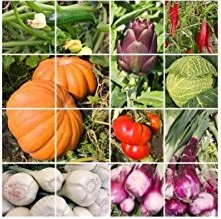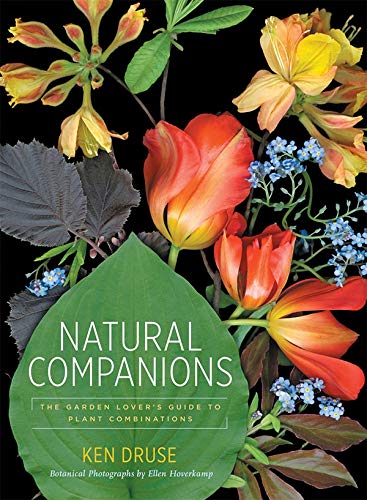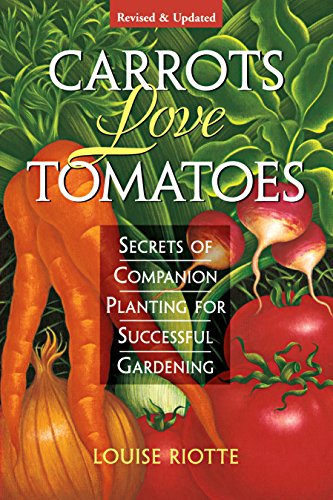People generally don’t go out of their way to attract insects. But on a few small farms outside Tallahassee, Florida, growers are learning how to pair their crops with “companion plants.” Some of these pants, like sweet alyssum - a flowering annual - attract and bolster populations of beneficial insects that prey on costly crop pests. Other plants, like giant red mustard, repel the pests and “push” them away from the main crop.
Then, there are so-called “trap crops.”
These are companion crops you can plant next to the main crop to lure pests away to where it can be controlled with pesticides, biocontrol agents, or other means.
Companion cropping and biocontrol are complementary facets of an integrated pest management (IPM) approach that’s become increasingly popular among organic growers and sustainable farmers, many of whom market their produce directly to local chefs and farmers markets.
Members of the Red Hills Small Farm Alliance, for instance, have begun using flowering plants like sweet alyssum and buckwheat to bolster hoverfly numbers following their release to biologically control whiteflies and aphids in vulnerable crops like collards, tomato, salad greens, melon, and cantaloupe.
Companion plants are especially attractive to adult hoverflies, which feed on nectar. More adults, in turn, mean more larvae, which are the predators that feed on pests in the main crop.
Similar projects involving spined soldier bug releases have also begun at Turkey Hill Farm in Tallahassee and Crescent Moon Farm in Sopchoppy, Florida. Data resulting from growers’ trials of companion cropping will also be used to assess cost-effectiveness and impact on pest populations.
Pest control isn’t the only potential gain, though. Companion plants can shelter shade-loving crops from direct sunlight, provide structural support (think beans on corn stalks), suppress weeds, and share nutrients in the form of nitrogen-fixing root bacteria and organic matter.




